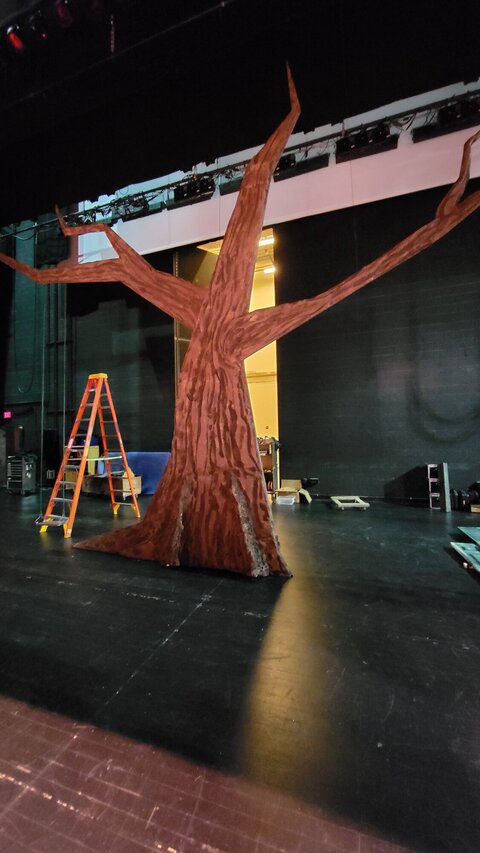If you find your skills lacking, it never hurts to invest in knowledge.
Just to
clear things up about welding certifications: there is no general "welding certification". Even a diploma from a welding school like I have isn't considered a certification. Certifications are usually issued by an employer with the help of a engineering firm, school, or certification company. Your certification also limits what you're certified in. Each certification is specifically for a process (MIG, TIG,
etc.), for a material (1/4" steel, 1/8" aluminum,
etc.), and for a position (
flat, horizontal, vertical, or overhead). For example, you can be certified to weld 16ga aluminum with TIG in the overhead position. That certification allows you to weld in your company under those limitations, usually for a specific product that requires it. Sometimes a single test will certify you in multiple positions and material thicknesses.
It's main purpose
IMO is allow the company to have a standard of welding quality, based on engineering and science, that anyone, despite their education, can meet. Whether you've learned from your grandpa in your backyard as a teenager or have a degree in metallurgy, if you can pass the test, you are cleared to weld. One of the easiest self-tests you can do is to
fillet weld two pieces of 1/4" steel, at least 6" long, together in a T, let the weld cool naturally, and then break it on a vise with a hammer. If the weld breaks anywhere other than straight down the middle of the weld, then the weld isn't as strong as it could be.
IMO, unless you have multiple welders and you work for a commercial company that would require certification for liability purposes, if you can show competency through experience and education, you should have no problem running
short-circuit MIG on 16ga or 18ga steel tube to make flats. And, as always, practice makes perfect.
Aluminium needs a gas cloud (argon, usually) to stop it immediately oxidising, which steel doesn't. So yes, you need a
torch designed for welding aluminium.
With steel, you either need a gas (usually CO2, or Argon, or a mix) or a flux to prevent oxidation. Same with aluminum, but usually mostly Argon (or in TIG sometimes, Helium).
But... the biggest thing in welding is actually prep. How you cut your pieces, clean, grind, drill, and
layout everything is a way bigger deal then how you actually stick them together.
IMO, 90% of welding is prep, 10% is the actual welding process (or less even). Clean your steel, grind off rust and mill scale, make a nice (reusable)
jig, and make sure everything is square.
I have all kinds of ideas for square-tube aluminum flats with jigged and pre-drilled holes to make assembly a breeze, and also make them far lighter to fly/move/
etc. Skin the frames with
luan, use and abuse until the
luan gets damaged and then replace it.
I have already procured several donations of the aluminum and steel I want, and it's pretty easy to get a grant for something that can be considered permanent infrastructure. No one will give me a grant for something disposable like lumber. I could get a grant to pay someone to custom make what I want, but that just gets me
stock flats. I will need the ability to add on to make non-rectangular shapes.
Building
stock scenery should be viewed as an investment. Every dollar you invest in a nice, reusable
stock scenic item can pay dividends in future productions. It seems you understand that.



